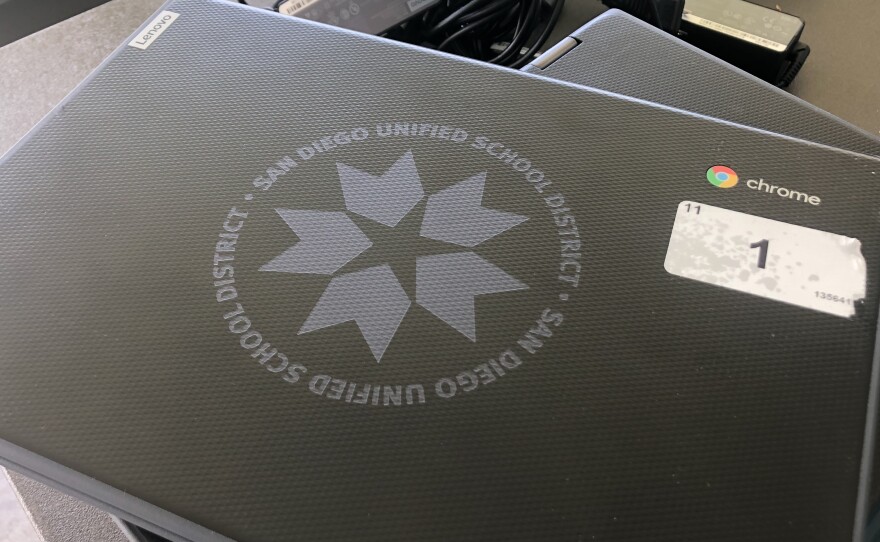It’s been less than two weeks since San Diego Unified began modified in-person instruction — but some schools are already seeing more students than they expected.
When San Diego Unified brought students back to campuses for part-time, in-person learning on April 12, it did so under an agreement with the teacher’s union that class sizes be limited to ensure five feet of physical distancing among students to prevent the spread of COVID-19.
Yet, the demand has been so great at some schools that students have had to be sent to overflow rooms. Union president Kisha Borden says renegotiating the agreement would take too long and suggested that it might mean the district will have to reduce the number of in-person instruction days at these schools.
RELATED: First Day Back At School A ‘Little Weird’ For Many San Diego Unified Students
“It wasn’t just the SDEA saying this must be the distancing,” Borden said. “This was an agreement between the teachers and the district. So, it wasn’t just us pushing for this number. It’s what was agreed to between both parties.”
But since that agreement was made, the national Centers for Disease Control and Prevention announced that students are safe with three feet of distancing, which means class sizes could be larger.
Rebecca Fielding-Miller is a public health professor at UC San Diego. She backed the CDC’s recommendation, saying more students can be in classrooms as long as ventilation and other safety protocols are in place.
RELATED: San Diego School Officials Say Few COVID-19 Cases Coming From Sports
“Making sure students are masking, making sure as many teachers are vaccinated as possible, making that accessible, opening doors and windows, good hand hygiene,” said Fielding-Miller. “Everything they should be doing already at five feet is exactly what they should be doing at three feet.”
Given that the agreement with the union is unlikely to change, district officials are exploring other alternatives. School Board President Richard Barrera said some teachers have moved their classrooms to larger spaces on campus or are rotating students through the overflow rooms.
“We have either larger spaces where they can be working directly with their teacher or learning labs which will allow all students to be on campus four days a week and then rotate,” Barrera said. “We think that’s a better solution than limiting it to two days a week.”







